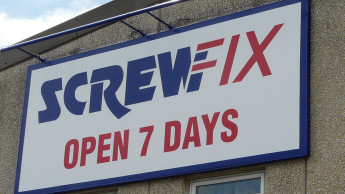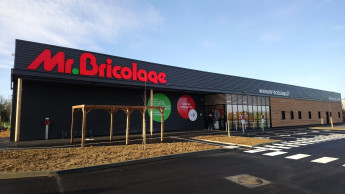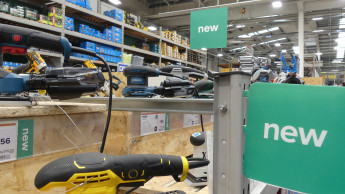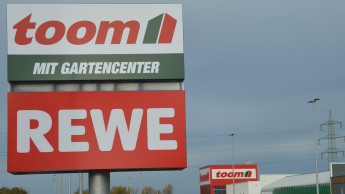

deep insights, facts & figures

Distance selling is revolutionizing the sanitary and bathroom domain. Among those suffering as a result are the DIY and building materials stores. But there are still some rays of hope
The prospects for DIY stores are anything but rosy. In the long term the distribution channel is losing out in all areas of the sanitary and bathroom market, whether it is a matter of sanitary ceramics and fittings, bathtubs and shower trays, or bathroom furniture and mirror cabinets. The picture is always the same: market share is in decline. The golden age for DIY and building materials stores in this segment is a thing of the past. That is a brief summary of the market surveys that are regularly carried out by Titze GmbH of Neuss, a business consultancy, on the subject of bathrooms. The big winner is distance selling. “One thing is clear,” is the conclusion reached by the initiator of the survey, Winfried Titze, “distance selling is revolutionizing the bathroom and sanitary market.” The results in detail: since 2009 the DIY and building materials stores have experienced especially heavy losses in the sale of sanitary fittings. During this period they lost a whole 4.6 per cent of market share. The furniture and kitchen business is also continuing its downward trend. Those offering sanitary products, wholesalers and retailers alike, are losing yet more market share to the bathroom and tiling specialists, while distance selling emerges as the general winner in the field of sanitary fittings. Within the sanitary world the three-tier wholesale sanitary products segment claims 28.5 per cent of the market volume. The two-tier marketing segment, consisting of sanitary products retailers plus bathroom and tiling specialists, jointly achieves a good 15.5 per cent of the market, having now developed into a real marketing alternative. Distance selling is steadily expanding and has currently attained a market share of 11.7 per cent. It is Titze’s conviction that, “By 2020 at least 18 per cent of the domestic market supply will come from online sales.” Altogether there were 157 suppliers marketing sanitary ceramics in Germany in February 2013. The number of foreign suppliers has nearly doubled. Although 31 per cent of the suppliers of sanitary ceramics do still come from Germany in 2013, already nearly 25 per cent of the suppliers are from Italy. In the case of sanitary fittings, the total number of suppliers in Germany in February 2013 amounted to 213. “The competitive situation is becoming tougher in Germany and the degree of concentration among suppliers will continue to grow,” says Titze. The majority of the suppliers of sanitary fittings no longer come from…
Related articles
Read also

 Menü
Menü












 Newsletter
Newsletter